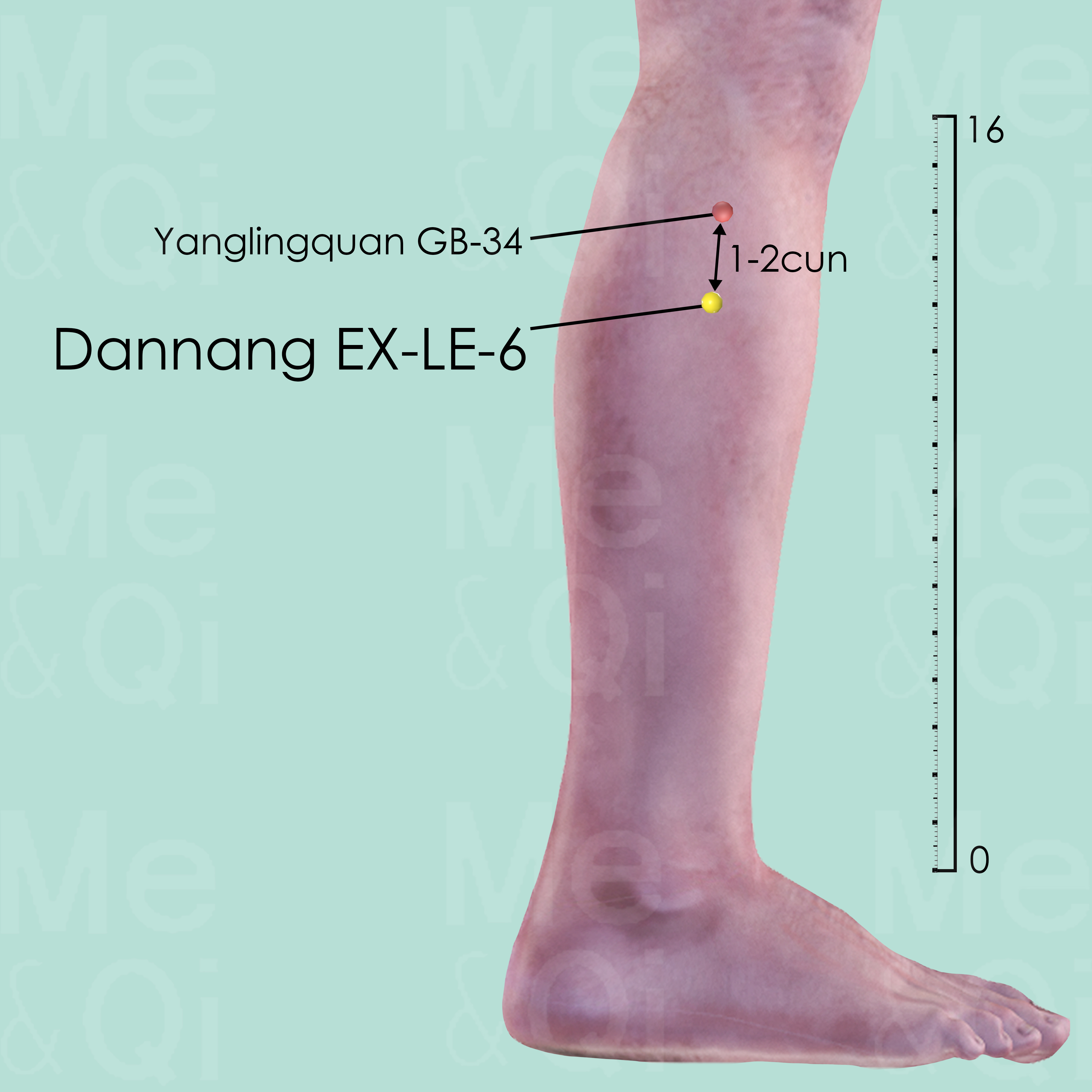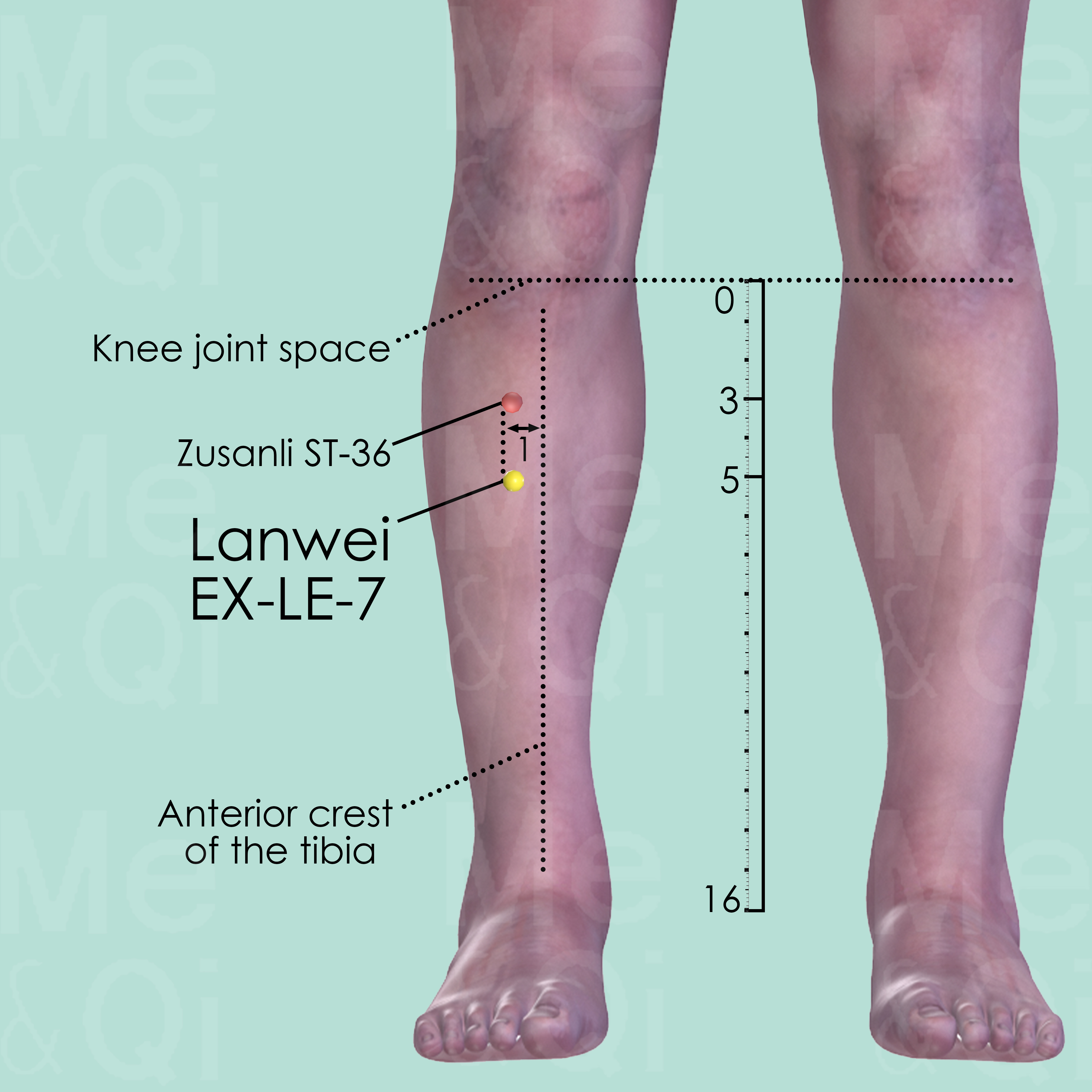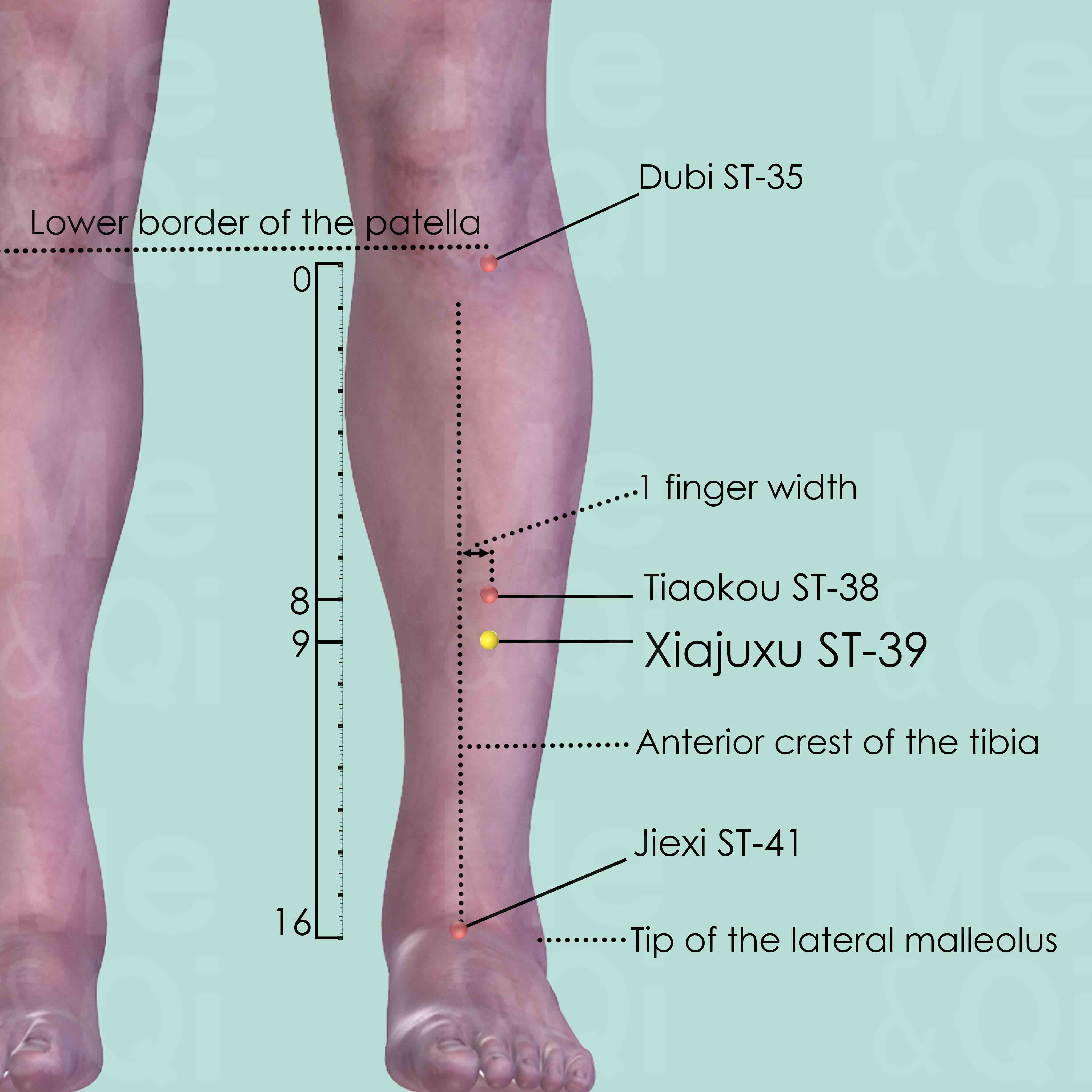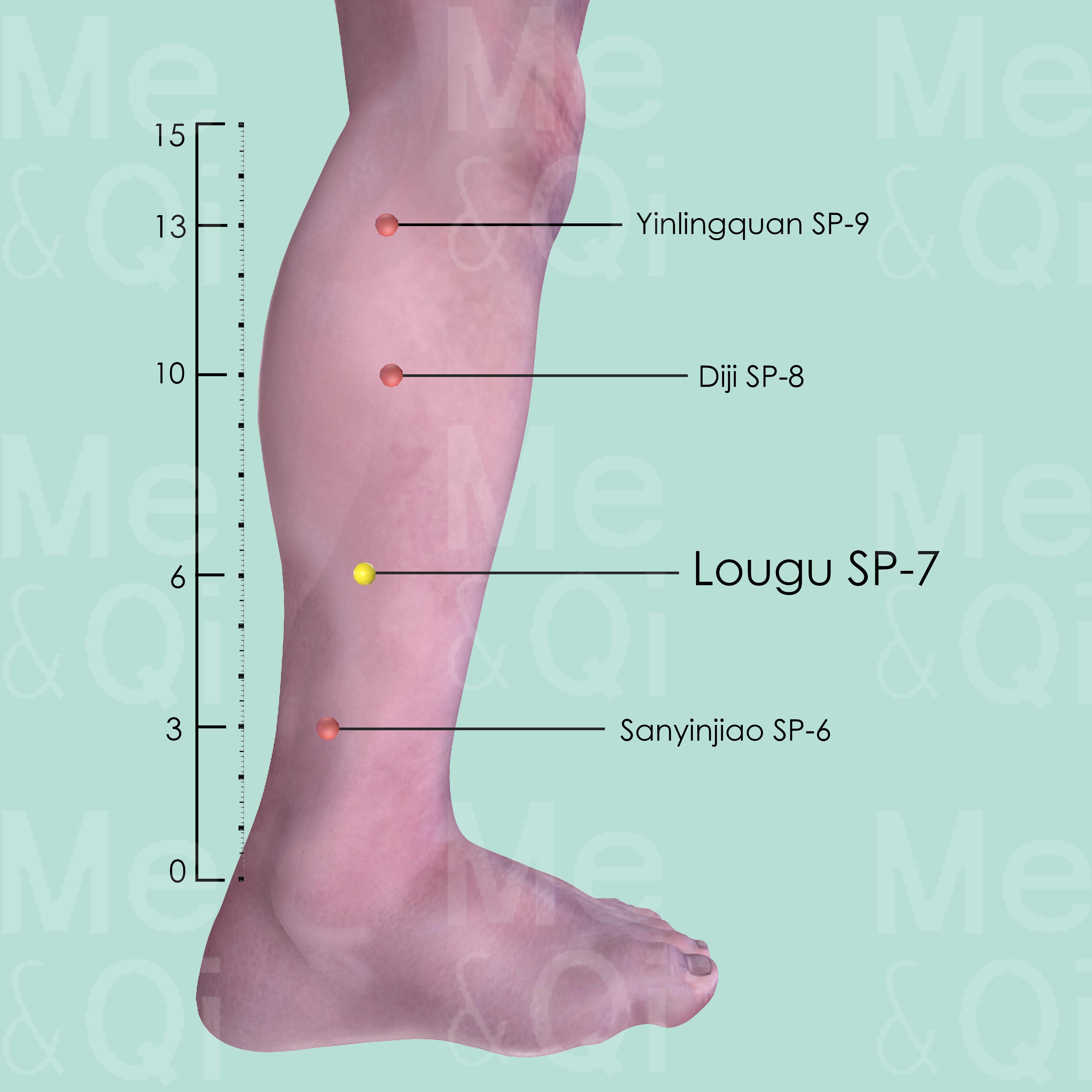Lower Limb Paralysisaccording to TCM
Symptom families: Neurological Disorders, Paralysis and Movement Neurological Disorders
Parent symptom: Paralysis Of The Limbs
Did you mean? Monoplegia
What is Lower Limb Paralysis?
Lower limb paralysis is a medical condition characterized by the loss of muscle function in one or both legs. This condition can stem from a variety of causes, including spinal cord injuries, neurological disorders, or strokes, leading to partial or complete inability to move the legs, commonly referred to as leg palsy or leg paralysis.
The severity and extent of paralysis can vary, significantly impacting an individual's mobility and daily life. Lower limb paralysis is a specific type of paralysis that primarily affects the lower extremities, encompassing symptoms from mild weakness to complete immobility.
How does TCM view Lower Limb Paralysis?
In Traditional Chinese Medicine (TCM), lower limb paralysis is viewed through the lens of imbalance and blockage in the body's vital energy pathways. TCM practitioners believe that such paralysis results from disruptions in the flow of Qi (energy) and Blood, often due to the invasion of external pathogenic factors like Toxin, Heat, Wind, Cold, and Dampness, or internal issues such as Qi Stagnation and Blood Stasis.
The fundamental approach to treatment in TCM is to identify the underlying pattern of disharmony causing the paralysis and then to restore balance and flow within the body, thus improving mobility and function in the lower limbs.
Acupoints for Lower Limb Paralysis
TCM utilizes acupuncture as a key component in treating lower limb paralysis, targeting specific acupoints to stimulate the body’s healing processes and restore the flow of Qi and Blood. Acupoints such as Dannang EX-LE-6 and Lanwei EX-LE-7 are crucial for clearing Damp-Heat and promoting circulation in the affected areas, particularly useful for conditions caused by external pathogenic factors.
Lougu SP-7, located in the Spleen Channel, is instrumental in tonifying the Spleen and resolving Dampness, addressing internal imbalances leading to paralysis. Additionally, Xiajuxu ST-39 plays a vital role in regulating the Small Intestine and removing obstructions from the Channel, further aiding in the treatment of lower limb paralysis. These acupoints, among others, are integral to TCM’s holistic strategy, aiming not only to alleviate symptoms but also to address the root causes of paralysis.
Explore below some acupoints used to address lower limb paralysis, organized by meridian.
- By Meridian
- Extra Points: Lower Extremities (EX-LE)
- Spleen Channel
- Stomach Channel

Dannang EX-LE-6
On the Gall Bladder Channel of the right leg, about 1-2 cun below Yanglingquan GB-34. Around there, palpate and locate Dannang EX-LE-6 at the most tender point.

Lanwei EX-LE-7
On the Stomach Channel of the right leg, Lanwei EX-LE-7 is about 2 cun distal to Zusanli ST-36, in the most tender point of that area.

Xiajuxu ST-39
9 cun below Dubi ST-35, about one middle finger-width lateral to the anterior crest of the tibia.

